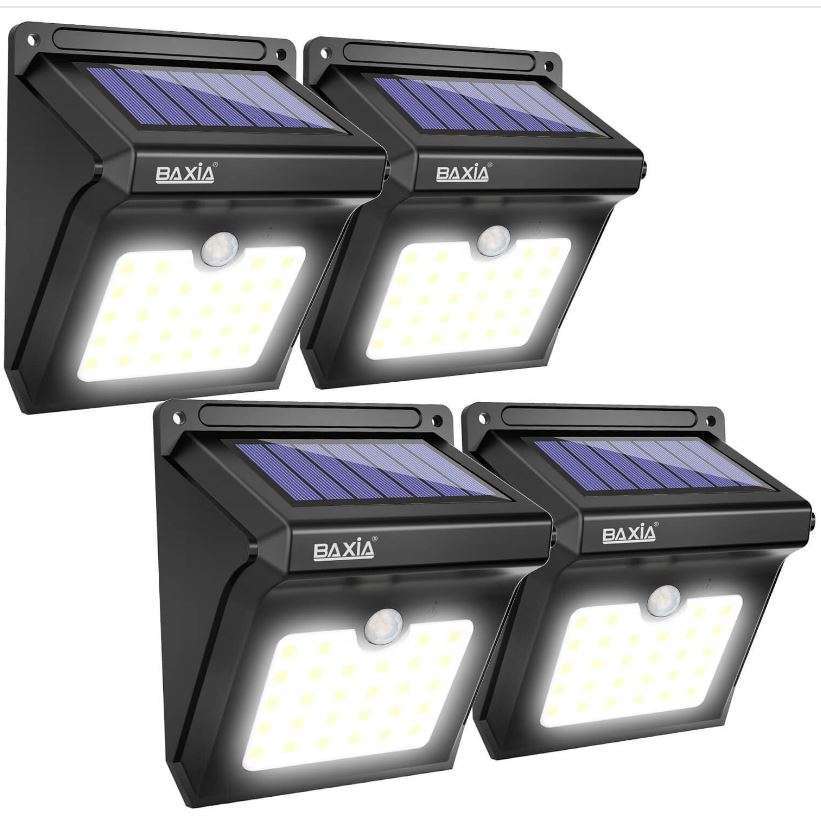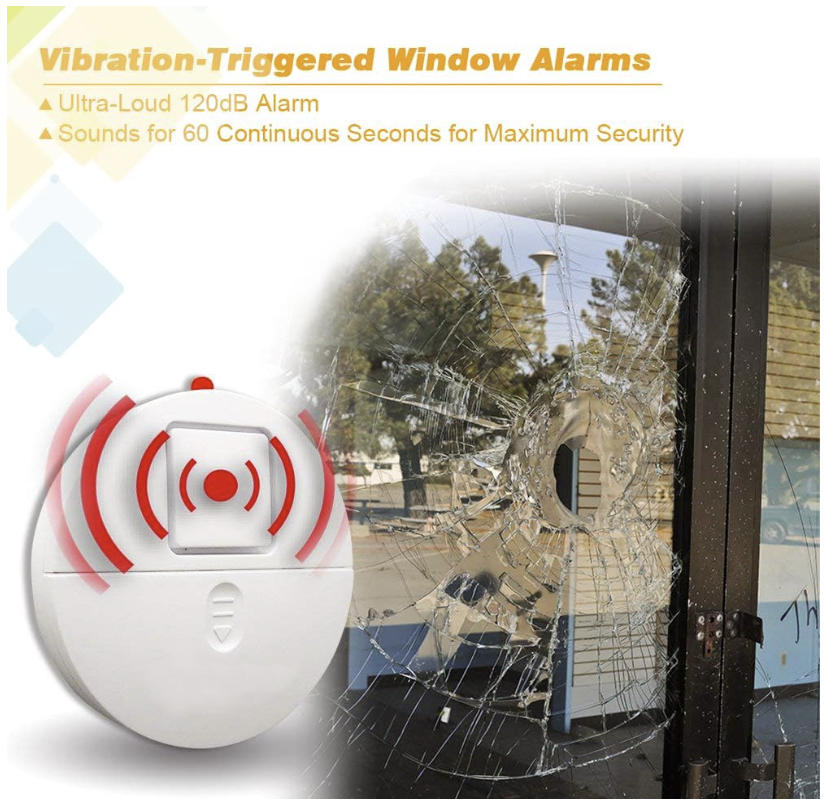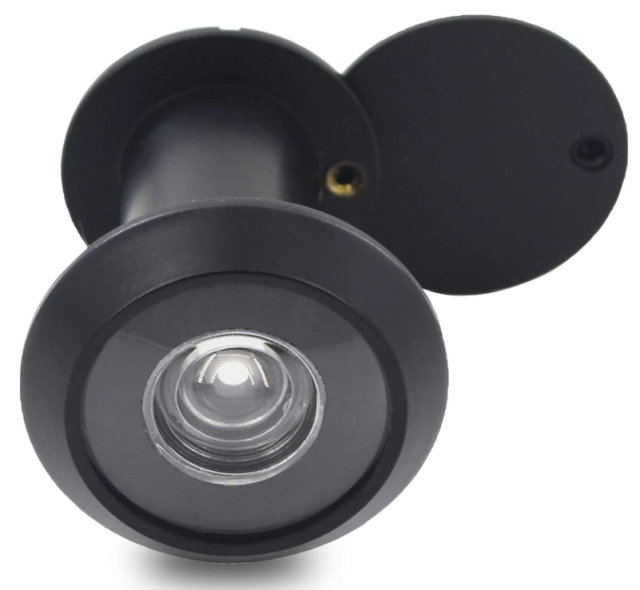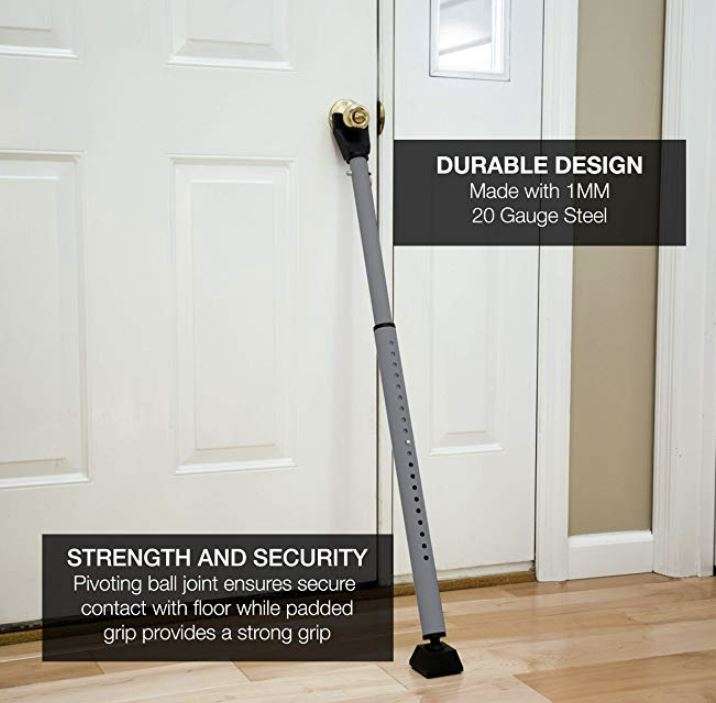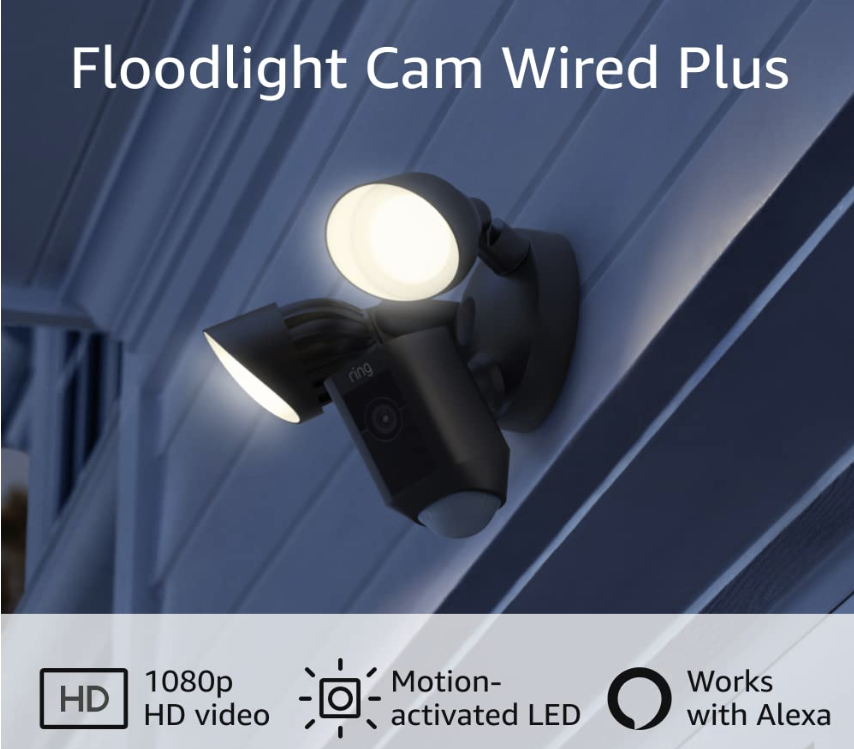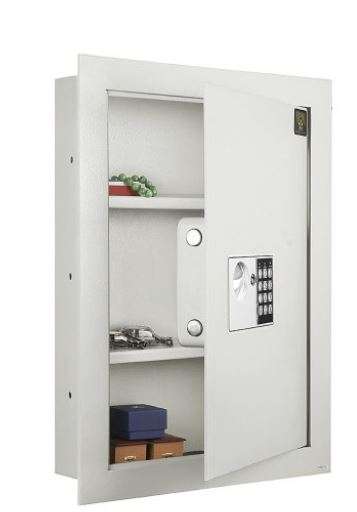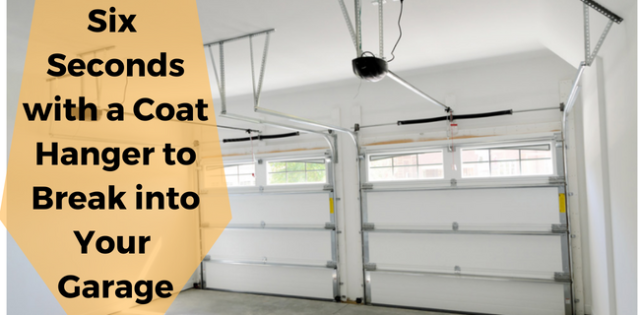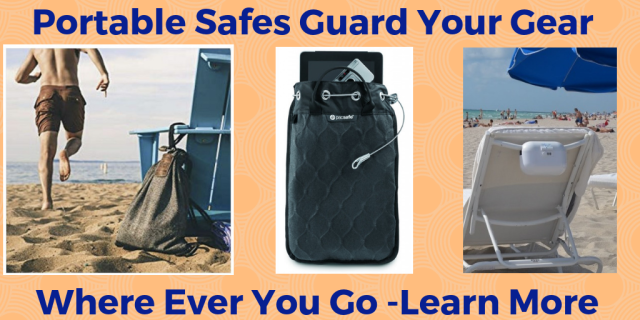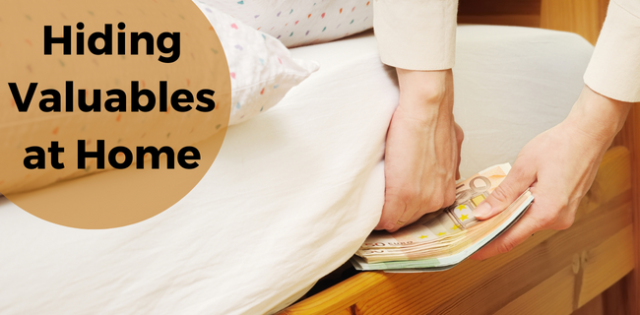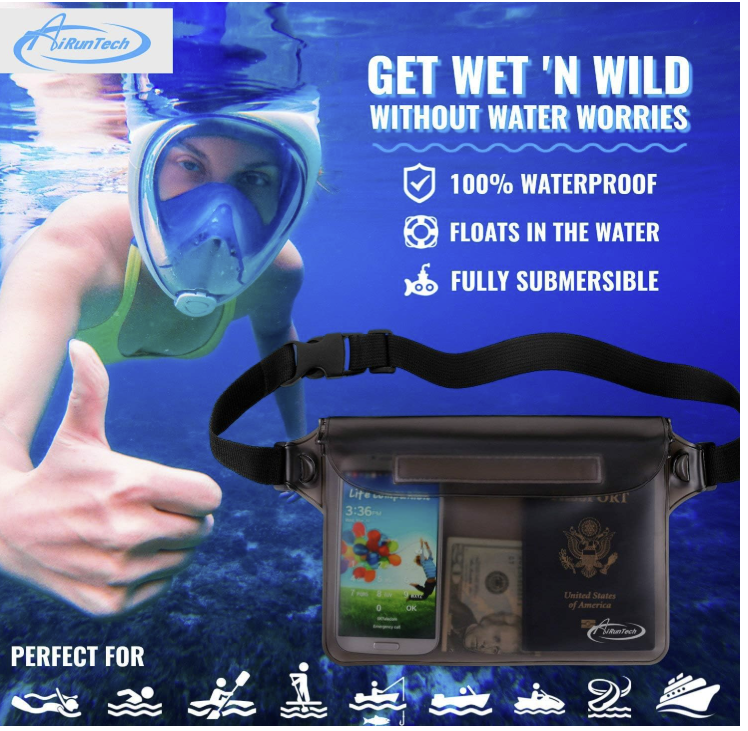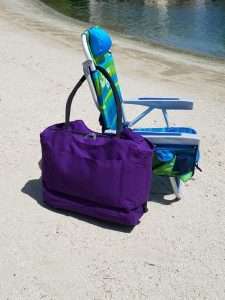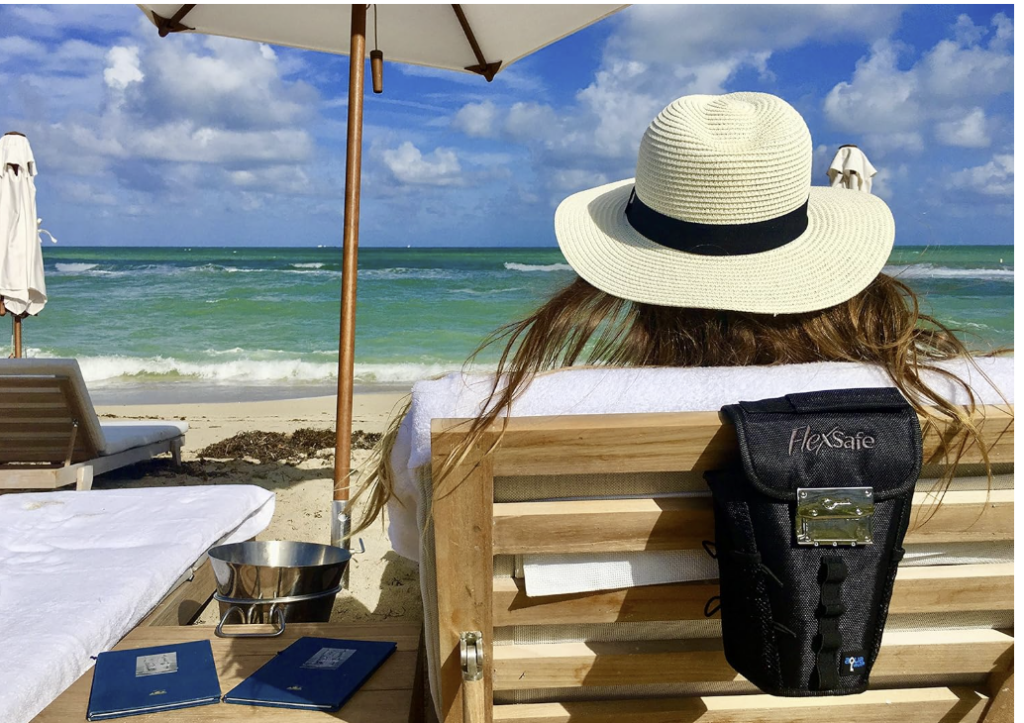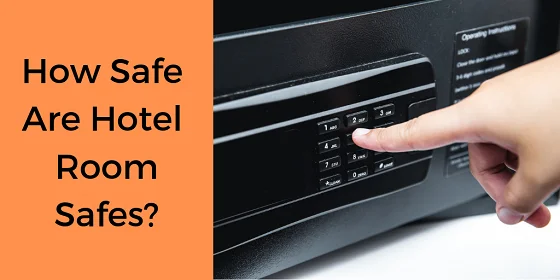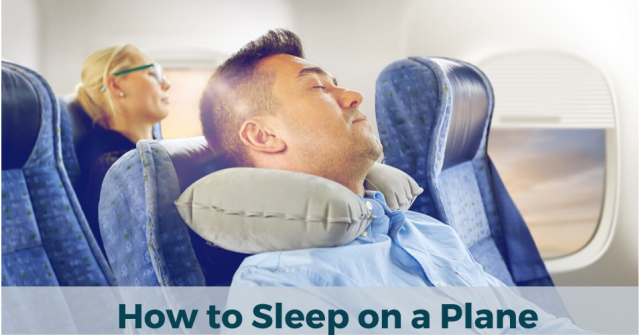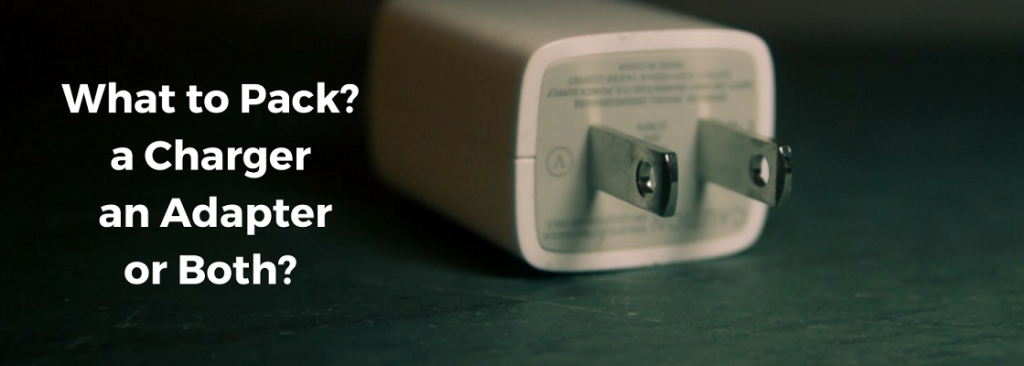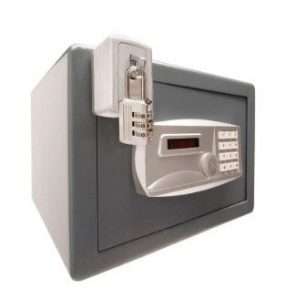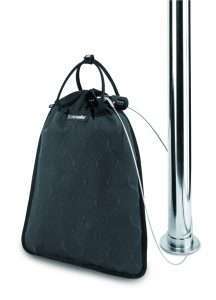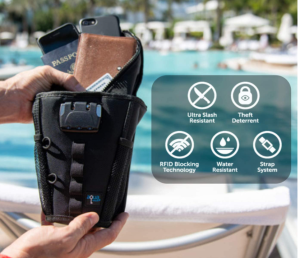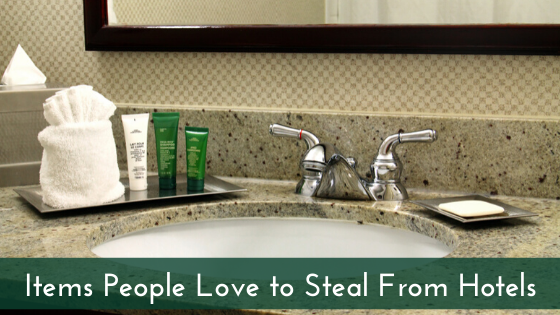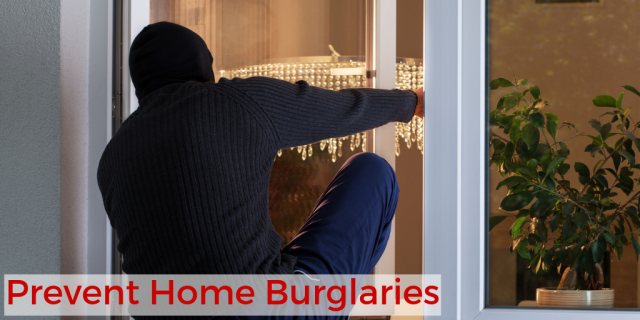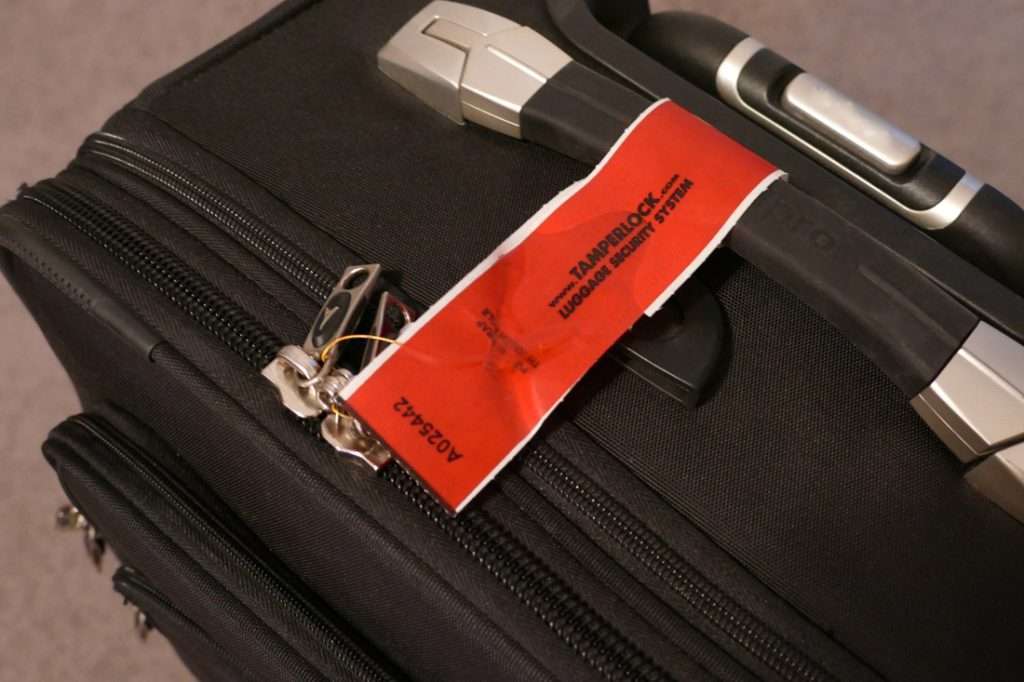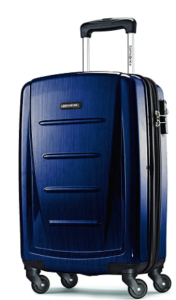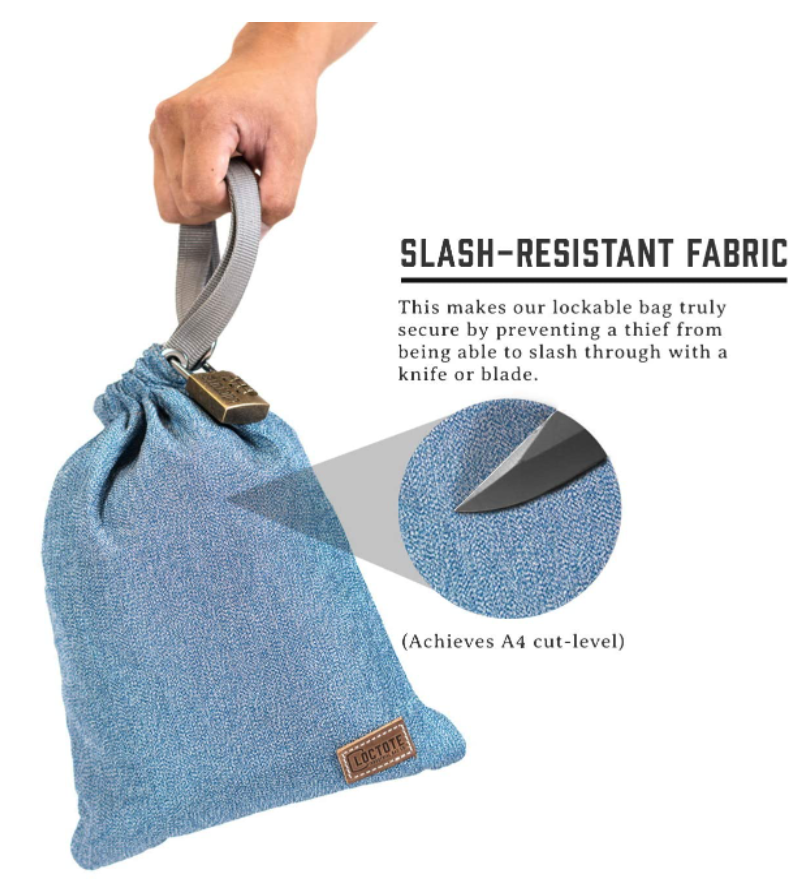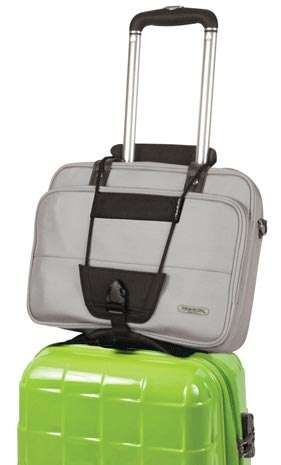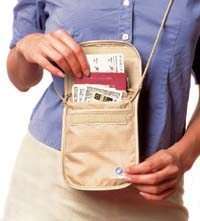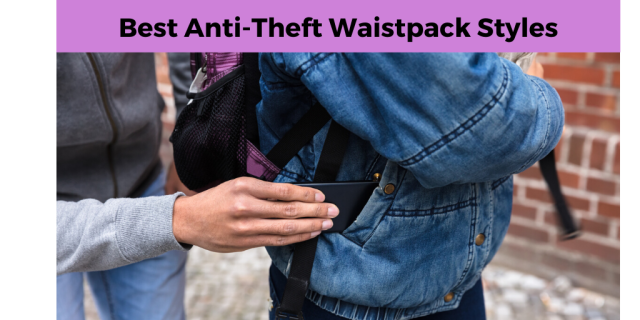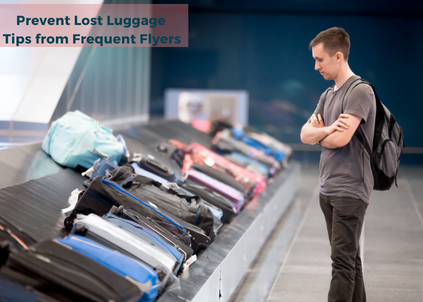Keep em’ Out!
Most criminals who burglarize homes are looking for an easy hit; a house that they can break into quickly, take something of value, and leave without being detected. There’s no fail-proof way to prevent home burglaries or to keep out a burglar, however, you can help avoid burglaries of home while on vacation by taking some deterrence measures.
Prevent Home Burglaries When on Vacation
Even if you can’t afford a security system, you can take a few minutes to make your home a little more secure. Some relatively simple steps will greatly decrease the odds of a break-in and help prevent home burglaries while on vacation, which means you can enjoy a bit more peace of mind. And isn’t that what “home” is all about?
A Few Facts About Home Burglaries
- Once a burglar targets a home to burglarize, most will spend no more than a minute trying to break in and less than five minutes inside.
- Most residential burglaries occur on the first or ground floor.
- The entry point is usually made at the rear or by a side door; the second most common access is via the garage door.
- Most burglaries occur during daytime hours when homes are empty as the occupants are at work.
Target Your Home As a Burglar
How would you get into your home? Evaluate your home from the inside and out, night and day. You might even try a “mock” break-in, trying window jambs and loose locks on your house’s perimeter. Just let the neighbors know what you’re up to before you go lurking in the bushes.
If you failed your test, here are a few thoughts on how to harden your residence against burglars.
Lights
Even though most burglaries occur during the day, some occur during hours of darkness. Criminals are in search of houses with no one home. To reduce your home’s risk of burglary at night,
install a motion sensor light in the front and in the rear of your house wherever possible. To be extra cautious, try to position the lights at the corners of your residence so the motion detectors can catch someone approaching from the side. Make sure the lights are positioned at a height that someone cannot disable them by easily reaching up and unscrewing the bulb. These are solar and require no electrical wiring to install, DIY friendly.
Landscape
Make sure all shrubs and trees are trimmed back so they do not allow a burglar to conceal himself while attempting to open a window or door. If possible, plant bushes with prickly thorns around these locations. They are a cheap deterrent. Also, gravel is a good ground cover under windows because it is noisy underfoot should someone walk on it.
Scope Out Your Yard
Don’t stop your security awareness at the outside walls of your house. Your yard areas also deserve attention. In general, don’t leave anything around the yard that might help a burglar get into your house. Ladders, stackable boxes, or any garden tools should be put away, preferably in a locked cabinet or in the garage. Many burglars have used the property owner’s own tools to break into a home. Don’t place outdoor furniture tables nearby the house. These could become an easy stepladder to the roof. To discourage potential climbers, spread grease on any metal drain pipes if they are close to windows. Use Vaseline or clear automotive grease, depending on the color of the pipe (or replace them with plastic pipe). Yes, criminals do climb up drainpipes. Think about it, most second-story windows are left unsecured and make a house easy to gain entry to.
Hide Your Identity
Do not place your name on your mailbox or front door, especially if you are a woman. If you really have to do this, use your last name only.
Secure the Windows
Though windows are relatively easy to break, the loud noise of shattering glass will deter a thief if you’re near other houses.
Another is to create a lock for wooden-frame windows. At the top edge of the bottom frame, drill two holes perpendicular to the sash or at a slight, downward angle. Drill completely through the inside sash and halfway into the outside sash. Insert nails or bolts (don’t hammer or screw these) into the holes. To test this setup to make sure the bolts won’t pop out when wiggled.
Don’t leave windows and doors open at night whether you’re home or away. That’s a common-sense precaution, but a surprising number of people forget to do just that, especially second-story windows. It’s a good idea to make a “pane patrol” part of your ritual of leaving the house. Use a pick-proof locking device for your windows. Make sure the frames are solid. If you’re beyond the earshot of your neighbors, they won’t hear the glass breaking.
Consider installing a Plexiglas sheet for the more accessible windows. This will make entry through them more difficult. Basement windows are an easy target, since they’re low and usually well hidden. Firmly wedge a steel bar across the window, or install a metal grate over the opening or window.
Window Alarms Sound in Case of Broken Glass
Secure the Doors
- All exterior doors should have a solid core to withstand being kicked in. They should also have high-quality deadbolts with at least 1 1/2-inch throws on the bolts themselves. The bolts in the locks should always be solid, not hollow metal.
- Ensure the door frame has a metal strike plate, which is secured by a minimum of six three-inch screws, which are screwed into the solid door frame.
- Install a wrap-around steel plate on the front of the door, covering the deadbolt. This will provide extra protection from a burglar kicking in the door and reduce his ability to pry the door lock.
- If you don’t have a peephole, install one in the front door. If you have one, make sure that you and your family are in the habit of using it. Don’t open the door to anyone you don’t know, especially at night. If the peephole is out of reach of your children, keep a step ladder or stepping box by the door for them to use, or direct them not to open the door.
Security Bar Stops a Door From Opening, Even with a Key
Signs of the Time
- The recording of a barking dog, as sometimes suggested, may only be effective for particularly gullible burglars. Some people have a playback system that’s triggered by the doorbell, but the cause-
and-effect (push, bark, push, bark) is a little too easy to discern. A Beware of Dog sign is better than nothing; for an added touch of verisimilitude, get a sign that refers to a specific breed rather than the generic Dog. A “Beware of Rottweiler” sign (or a bumper sticker that says “I Love My Pit Bull”) might do the trick. Also, think about putting up a home alarm sign in the yard even if you don’t have an alarm. It may deter a burglar from choosing your home.
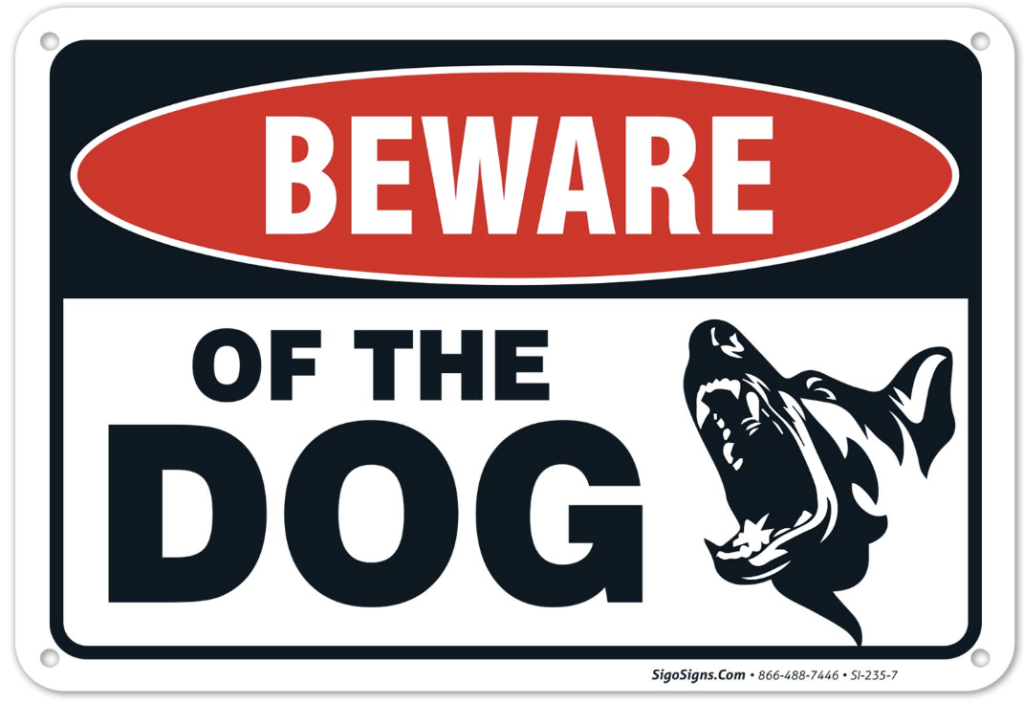
- Dogs, even the small yip-yip variety, have sharp teeth and a way of noisily announcing stealthy intruders. But a dog is more
- than an organic alarm–it’s a living creature, and it’ll need a lifetime of love, care, attention, and exercise. If you can genuinely welcome a dog into your life, it will welcome the task of protecting you. But if you’re a cat person heart, then look into electronic security systems.
- Get a doorbell with a built-in camera to record activity at your door and in front of your home.
- Motion activated cameras mounted on your eaves are good too. Many burglars look for these and pass on homes that have them in place.
Don’t leave your valuables (tablet, computer, jewelry, etc.) where they can be seen from a window. If you don’t want to hide everything from sight, consider draperies and blinds. Use a safe. One of our favorites is a Wall Safe that you can install anywhere between the studs.
Make a valuables inventory. Keep a record of your expensive and personally significant items, not just a listing, but a photographic or videotape record if possible. Use your phone to take a video and email the video to yourself in addition to keeping it on your phone. This is helpful for both the police and the insurance agency (if you have a homeowner’s policy) in identifying stolen goods.
Use an engraving pen to mark these items with some kind of personal identifying information, such as your initials, in an inconspicuous place. This also helps record your possessions in case of any other mishap, such as fire or flood. Note: Some experts recommend that property owners use their driver’s license number, followed by the state of issuance.
Bonus Information – The types of burglars defined
Opportunity Burglars
This type of thief searches for easy, quick, and petty opportunities. If you leave your door unlocked or a window open, they will take advantage of your trust or forgetfulness. In law, this would be considered a second-degree crime or not premeditated. An opportunity burglar will not do very much to decide who they will burglarize; they look for an easy target. They don’t tend to steal very much of value because they don’t know what they’ll find until they are in the act.
Smash Burglars
A smash-and-grab burglar is more desperate than an opportunity burglar. They are often into drugs and are only looking for cash or items that can quickly be exchanged for cash. A smasher usually enters a home or business by breaking through a door or window. This goes for vehicle break-ins, too.
Prowler Burglars
A prowler is more of a professional than a smasher or opportunity thief. They will have connections through which they can channel stolen goods, and they will put more scrutiny and planning into a burglary. A prowler often begins as an opportunity thief and then elevates his craft to be more deliberate and organized to gain more from their efforts. Their technique includes targeting and studying their victim’s habits and schedules to reduce the chance of being caught.
Targeted Burglars
A targeted burglar has nearly mastered their craft and knows specifically what they are after. After a few years of prowling, a burglar will often decide to target specific high-value items. They know what they want, they do rigorous research and they even know how long it will take the Police to respond to an alarm. Targeted burglars are often part of a Ring. These rings are nationwide, so items stolen in one state are shipped to others to be sold. Targeted Thieves will sometimes have an Insider, sometimes someone connected with an insurance company. This means they know the value of their targeted item and most of the details about the security around that item. A targeted burglar will likely change states frequently, so they can strike in New Jersey and then move to California to find another target.
Complete Burglars
Similar to a Prowler in methods, but professional like a Targeted Burglar, the Complete Burglar will clean a house out entirely. When a house is completely bare after a robbery, a Complete Burglar was involved. Like Targeted Burglars, a Complete Burglar will have Insiders and a Ring. An Insider will tell them that you are going on vacation, and a moving truck will arrive to take every item in your house. Like a Targeted Burglar, a complete burglar will likely move around often.
Prevent home burglaries by following a few common-sense tasks around your home’s garden. Then follow up with installing motion detection lights or better yet a motion-activated surveillance camera, like Ring, to discourage those casing and targeting properties.




